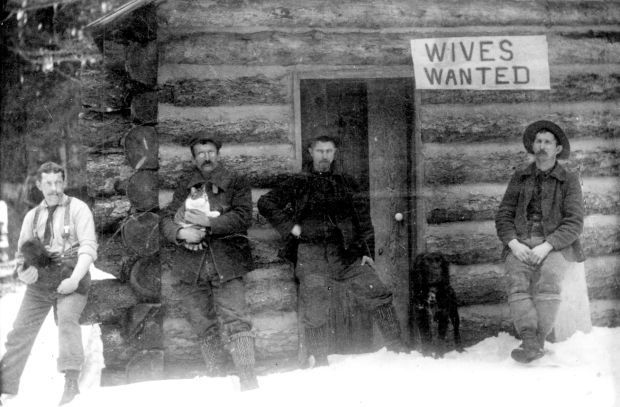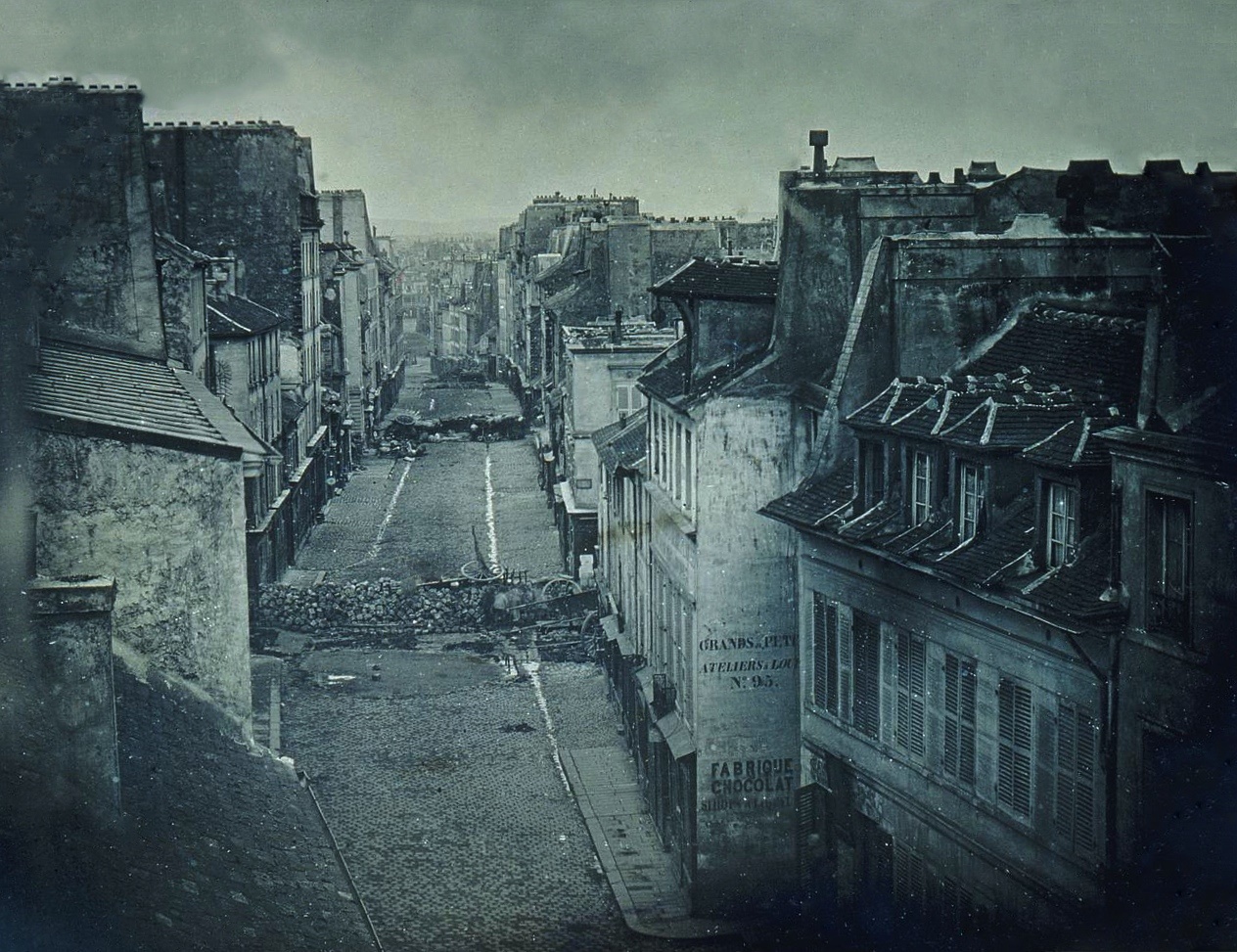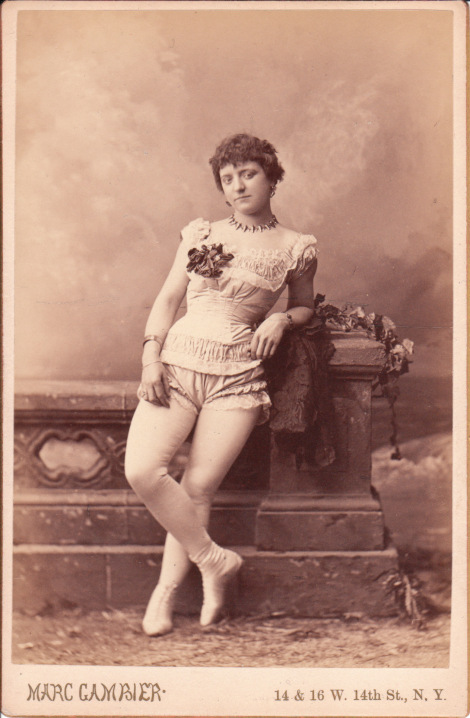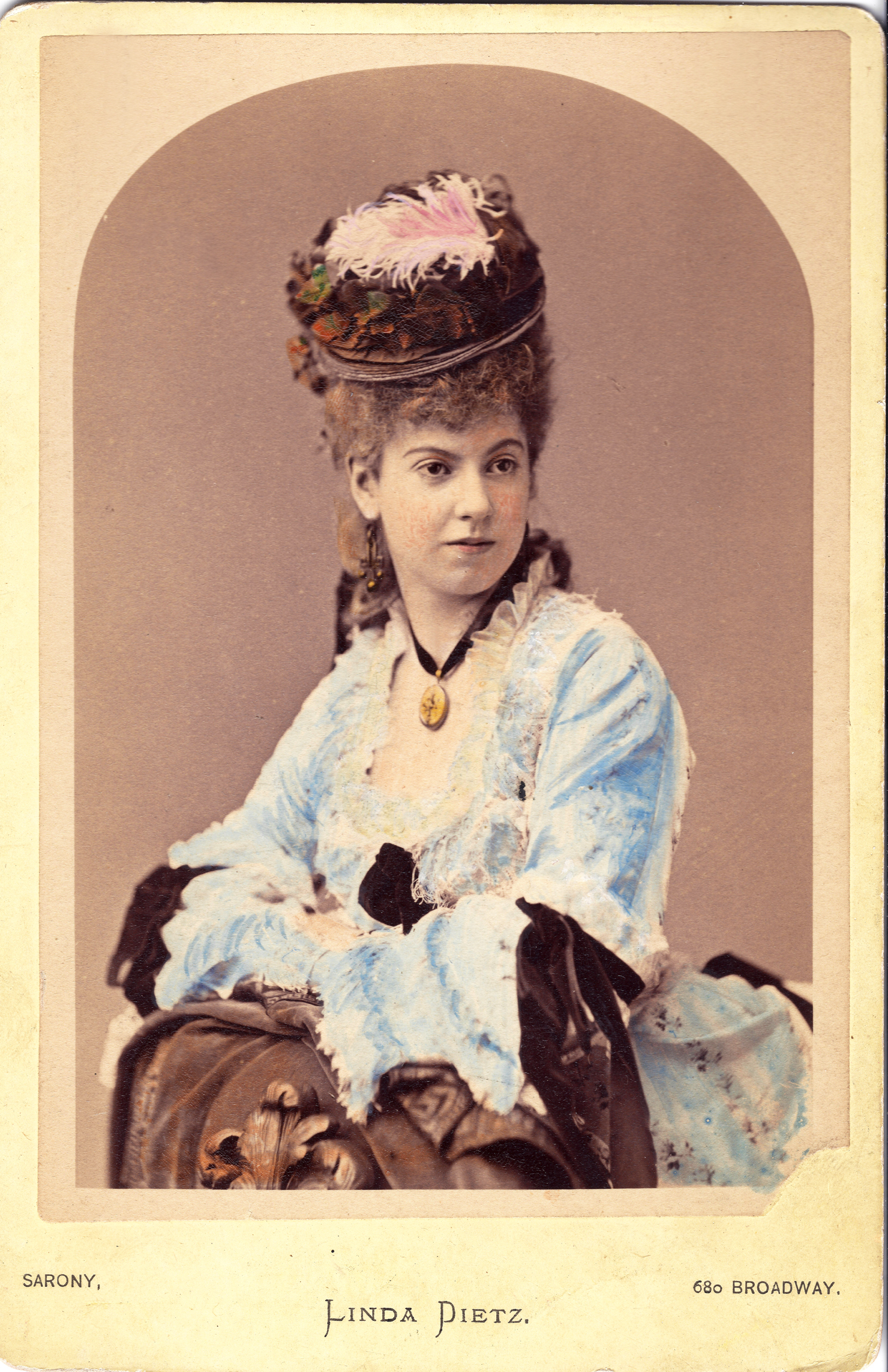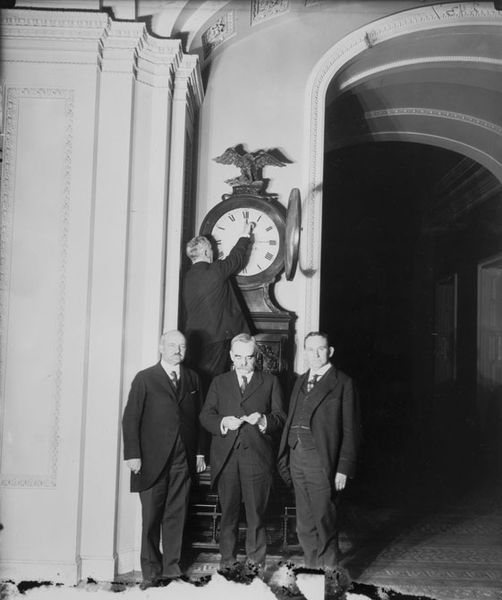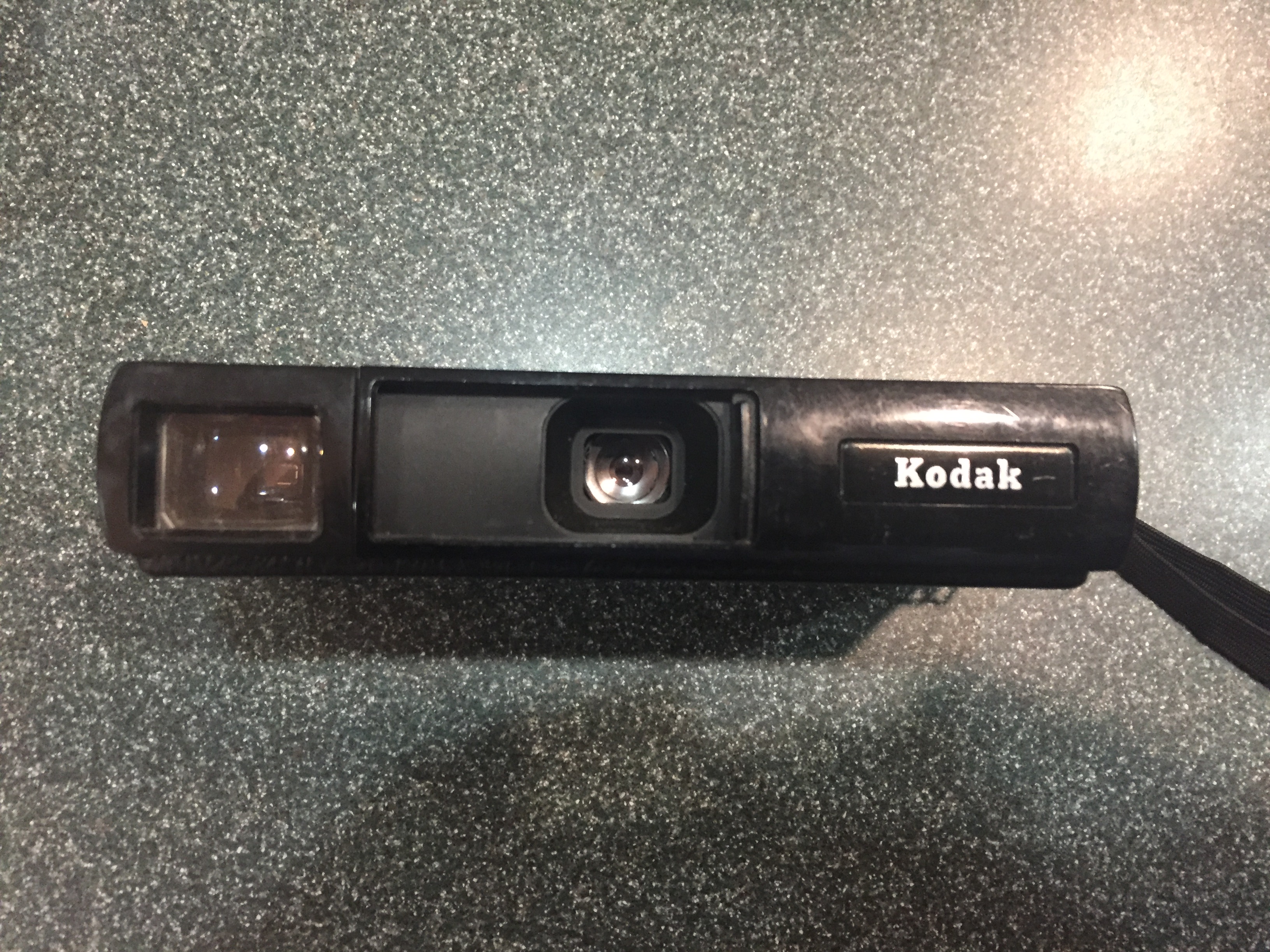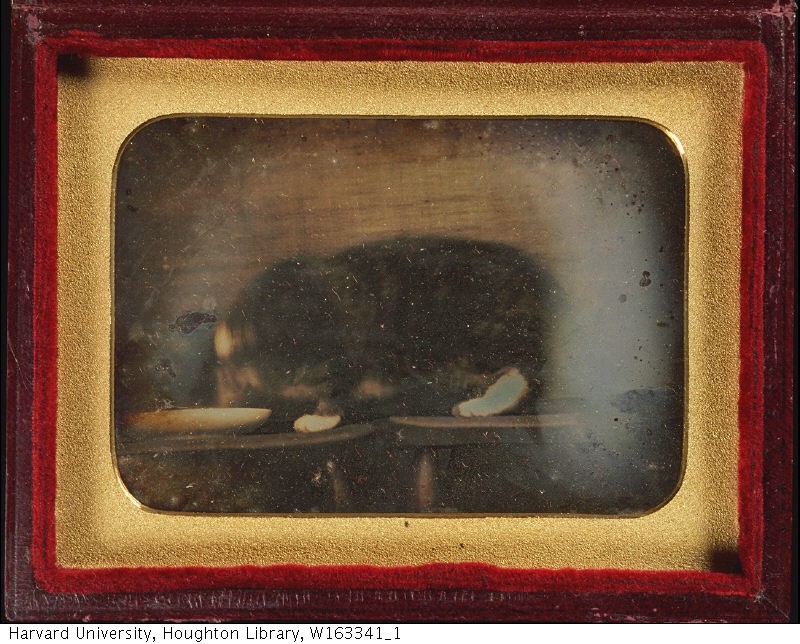
Figure 1 – The main mirror of the James Webb Space Telescope revealed this past month. NASA/Chris Gunn (public domain).
Good lenses are expensive. But this is ever a matter of perspective; so I thought that I would post today about what might well be one of the biggest and most expensive cameras ever. Try buying the optics of Figure 1 on BHPhotovideo or Amazon!
This past month the next, great, space telescope was revealed. This is the James Webb Space Telescope and is scheduled for launch in October 2018. It has been twenty years and $8.7 B in the making, which are sobering numbers.The telescope is named after NASA James Webb, who led NASA during the glory days of the 1960s. It is the long awaited heir to the Hubble Space Telescope. It’s kind of like being a short person and having a giant child. Figure 1 shows the main optic a 20-foot giameter array of 18 hexagonal mirrors The James Webb Space telescope has seven times the light gathering power of Hubble. That means that it can see much fainter (often translating to more distant) objects. The cost of the new space telescope has consumed much of NASA’s budget. Originally, it was budgeted as costing $500M, but … A major aspect of the telescope is its ability to take infrared or heat images. To do this it will be placed a million miles from the Earth and it will be equipped with giant umbrella to shield it from sun and moonlight.
Regular readers of this blog know my fondness for discussing captured moments from the past. The James Webb telescope will redefine this concept, when it images events from the origin of the universe, the Big Bang, which occurred 13 billion years ago. It is certainly fun to speak with certainty about scientific discovery, but the really amazing images will not be those we imagine but those we cannot.

